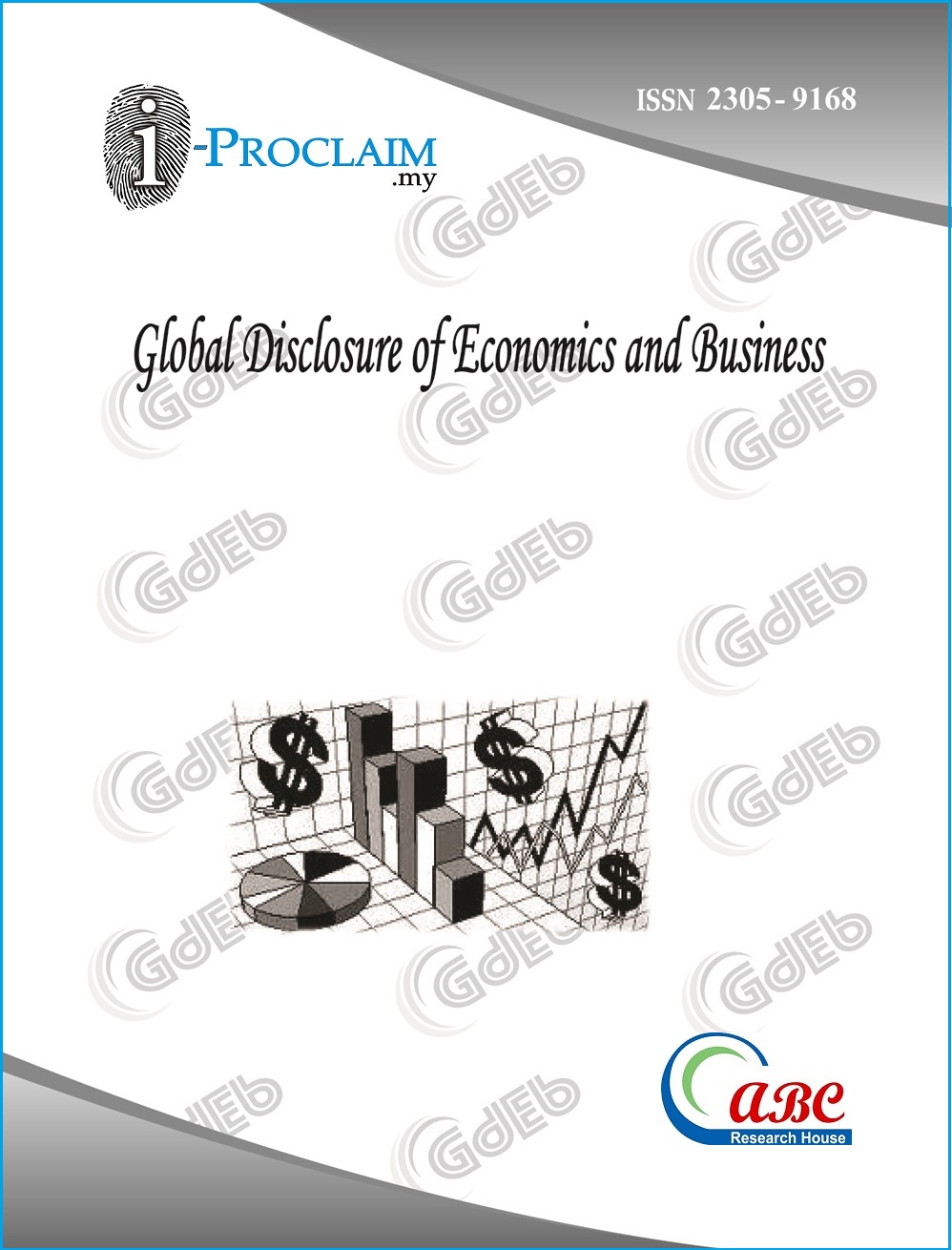Harnessing Blue Economy Potential for Sustainable Development: Navigating Opportunities and Challenges
DOI:
https://doi.org/10.18034/gdeb.v13i1.768Keywords:
Blue Economy, Sustainable Development, Ocean Resources, Marine Ecosystems, Sustainable Investment, Coastal TourismAbstract
The blue economy, an innovative approach to sustainable development, holds the potential to transform our world. It emphasizes the responsible use of ocean resources to foster economic growth, improve livelihoods, and preserve marine ecosystems. This paper delves into the multifaceted aspects of the blue economy, exploring its potential as a catalyst for global prosperity. By analyzing successful case studies, policy frameworks, and technological advancements, this research examines how the blue economy can be harnessed to address pressing challenges such as climate change, poverty alleviation, and food security. Furthermore, the paper highlights the importance of international collaboration, innovative technologies, and policy coherence in maximizing the benefits of the blue economy. Through a comprehensive analysis of the blue economy's current state and future prospects, this study provides valuable insights for policymakers, researchers, and stakeholders, emphasizing the need for sustainable practices to ensure a harmonious coexistence between humanity and the oceans.
Downloads
References
Agardy, T., Christie, P., & Day, J. C. (2011). Resilience implications of policy responses to fisheries collapses. Ambio, 40(3), 322-333.
Asian Development Bank. (2020). The role of ocean finance in transitioning to the Blue Economy in Asia and the Pacific. Development Asia.
Bangladesh Ministry of Planning. (2016). Seventh Five-Year Plan (2016-2020). Government of the People's Republic of Bangladesh.
Barbier, E. B. (2012). Progress and challenges in valuing coastal and marine ecosystem services. Review of Environmental Economics and Policy, 6(1), 1-19. DOI: https://doi.org/10.1093/reep/rer017
Chircop, A., & Coffen-Smout, S. (2014). Beyond the limits of the land: Maritime security and the legal regime for the delimitation of maritime boundaries. Marine Policy, 43, 287-297.
Costanza, R., de Groot, R., Sutton, P., van der Ploeg, S., Anderson, S. J., Kubiszewski, I., & Turner, R. K. (2017). Changes in the global value of ecosystem services. Global Environmental Change, 26, 152-158. DOI: https://doi.org/10.1016/j.gloenvcha.2014.04.002
Froese, R., & Pauly, D. (2019). Fishery reform slips through the hands of EU fisheries ministers. Marine Policy, 99, 266-269.
Levin, N., Lechner, A. M., Brown, G., Mörtberg, U. M., & Radeloff, V. C. (2017). Place prioritization for biodiversity content using species ecological niche modeling. Environmental Management, 59(5), 874-893.
Pelletier, D., Coates, J., & Thilsted, S. H. (2018). An integrated approach to increasing small-scale fishery productivity and adaptive capacity in the face of climate change. Food Security, 10(2), 415-429.
Voyer, M., Gladstone, W., Goodall, H., & Riginos, C. (2020). The role of community involvement in conservation success through adaptive governance in marine protected areas. Aquatic Conservation: Marine and Freshwater Ecosystems, 30(8), 1545-1556.
Downloads
Published
Issue
Section
License
Copyright (c) 2024 Global Disclosure of Economics and Business

This work is licensed under a Creative Commons Attribution-NonCommercial 4.0 International License.










